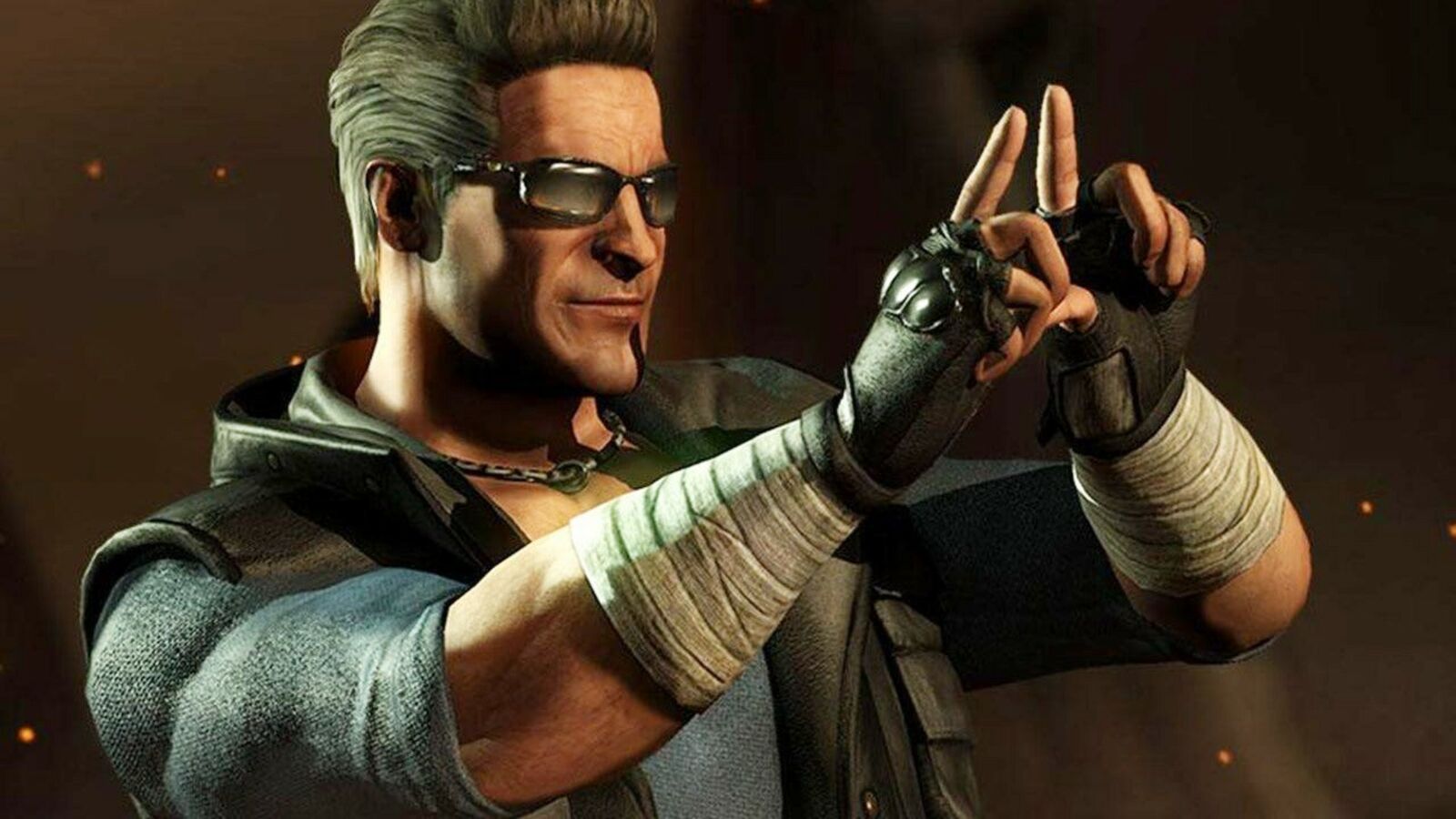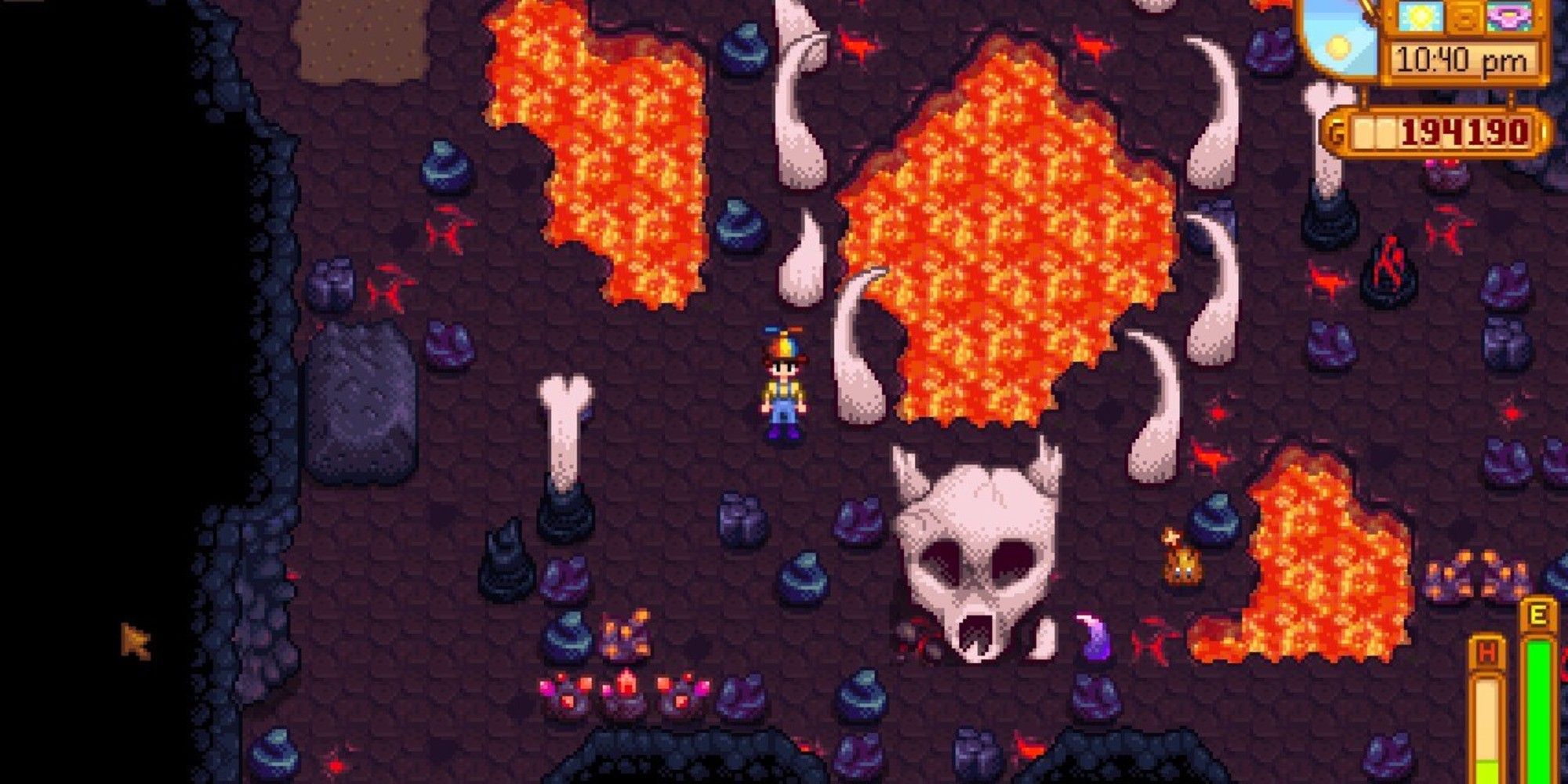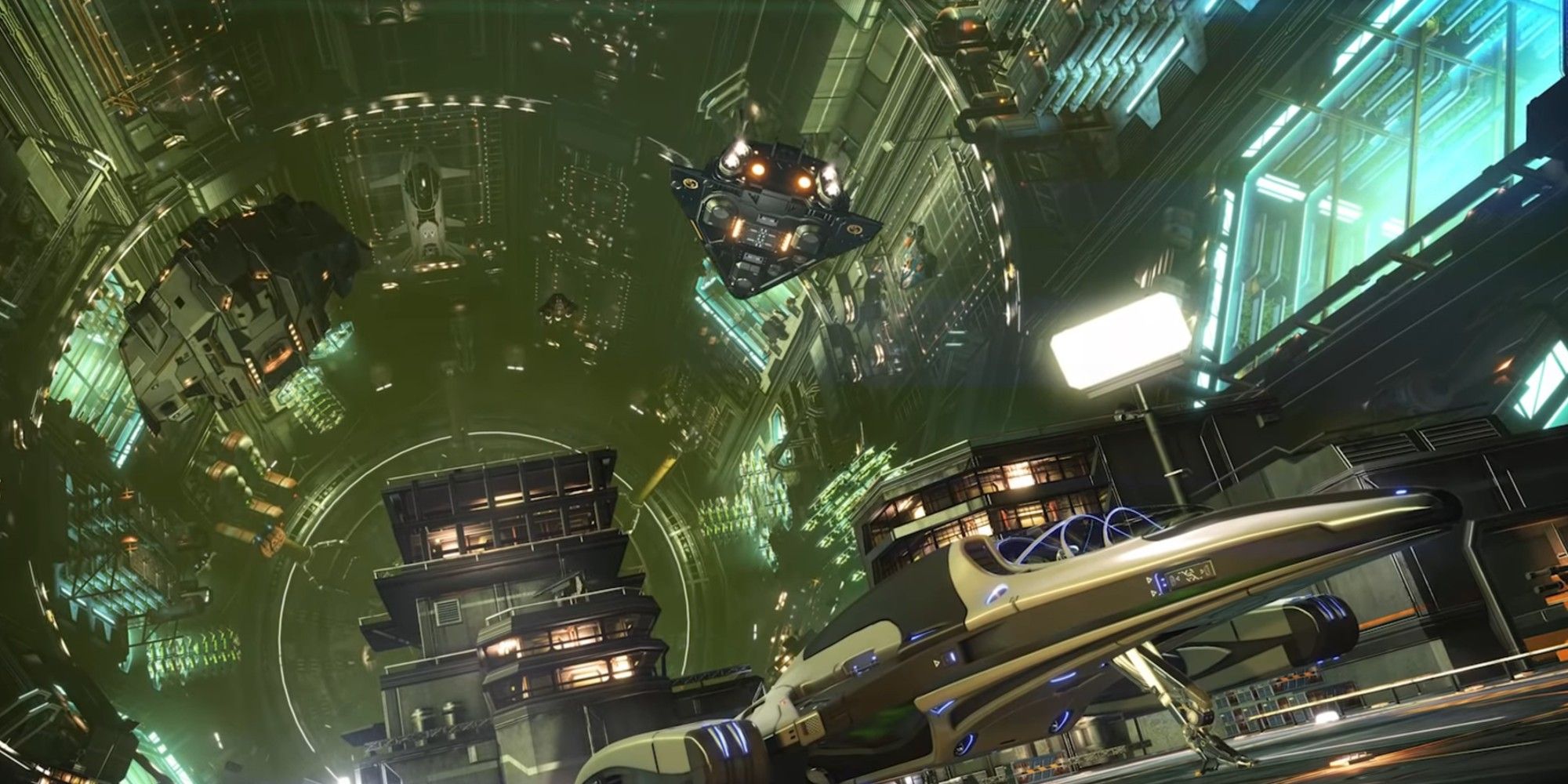
Quick Links
- How Trading Works In Elite Dangerous
- The Best Beginner Ships For Trading In Elite Dangerous
- Trading Ship Upgrade Progression In Elite Dangerous
- Making Your First Trades In Elite Dangerous
- Trading Progression, Upgrades, And What's Next
Trading is one of the most lucrative professions in Elite Dangerous, providing you know how to get started. Shuffling cargo, transporting illegal items via smuggling, and data transport missions are great ways to get started, and missions are offered at pretty much every station you come across.
RELATED: Elite Dangerous: Best Passenger Ships
At the beginning of the game, having a ship with enough cargo space for high-value missions is your biggest challenge. It's a slow process of grinding your way through the Federation and Imperial ranks, earning credits to upgrade your ship, and getting a better understanding of the best trade routes and missions available to you. Here's what you need to know about trading in Elite Dangerous.
How Trading Works In Elite Dangerous
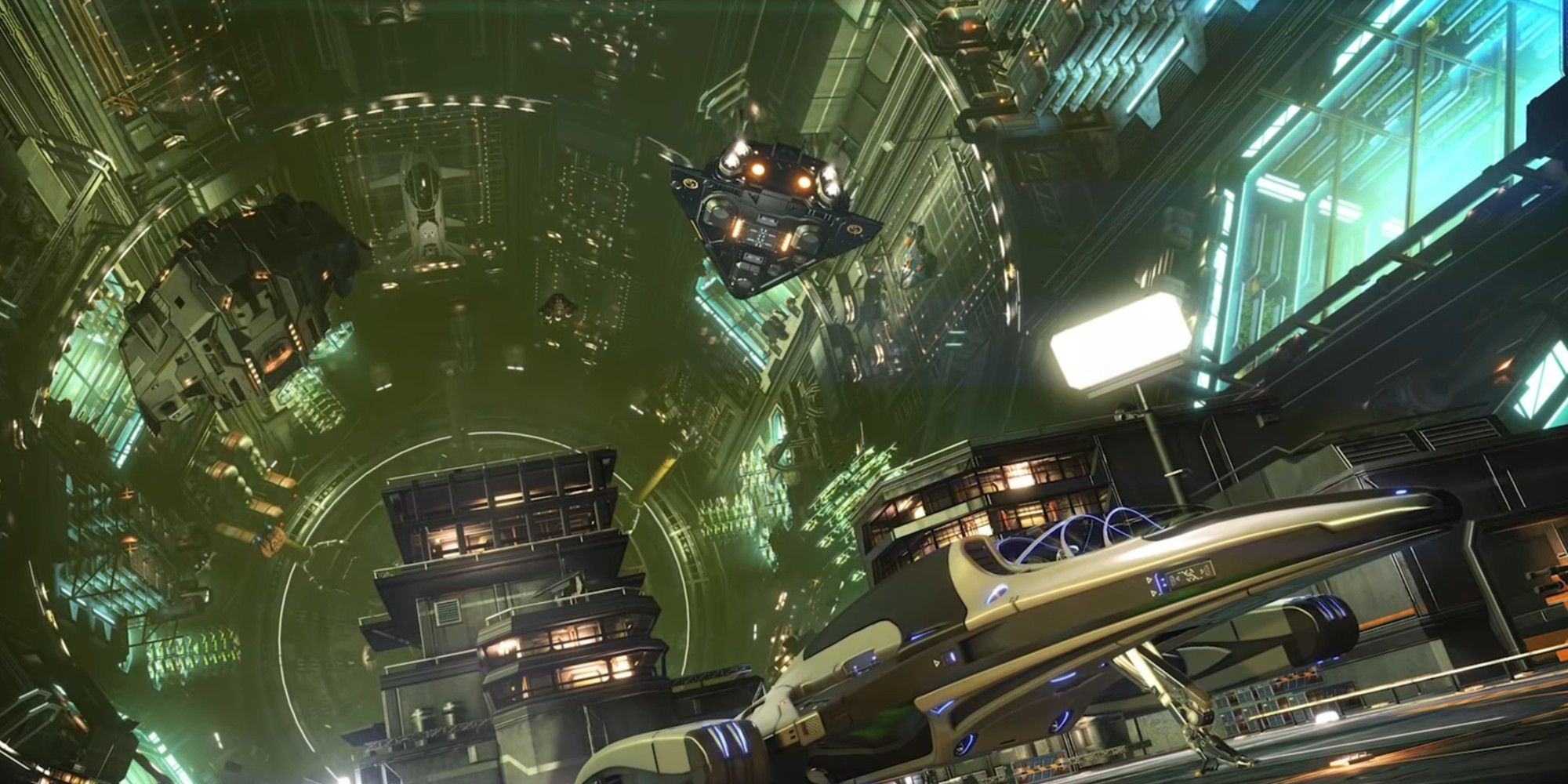
The economy of Elite Dangerous is based on player activity, constantly changing and evolving. Goods can go up and down in price overnight. A successful trader will study the economy and move cargo around accordingly. The profession of "Trader" actually encompasses many different ways to play Elite Dangerous; whether you want to be a Miner, selling your ore for profit, a Passenger Carrier, making money from delivering passengers from point A to point B, or taking the more illicit route of selling illegal items on the Black Market.
For a brand new player, however, this is all a bit overwhelming. Thankfully, there are simple starter trader missions for Courier and Data cargo that can be completed in one of the starter ships, like your trusty Sidewinder, which require little cargo capacity.
The Best Ways To Get Started With Trading
- Courier and Data missions are found at most stations. They are common in the Federation District, the starter area for new players.
- Courier and Data missions are a good place to start because they reward not only credits but faction reputation and trading rank as well.
- Courier missions don't make very many credits, but there are plenty of them available. You should always check the market before you head off on a courier mission, just in case you can store some extra cheap goods onboard to sell on the other end.
- Check the Bulletin Board at a major station to check if there are any decent missions available. The missions available to you are determined by the cargo capacity of your ship and your overall faction rating. Don't worry, the game will let you know what you can or can't do, and it does a good job of balancing high-tier missions with a few starter missions for brand new players.
Is Trading A Good Idea For Brand New Players?
If you're a brand new player, it's a good idea to stay within the starter Federation District. This is basically the tutorial area where you can get to grips with flying your ship and completing missions. Honestly, trading in this starter section is hardly the most lucrative way to make credits: you're probably better off completing some bounty hunter missions at a Nav Beacon or RES (Resource Extraction Site).
These will help you practice handling your ship and is just a bit more fun than carting goods from place to place. We have a complete guide to Bounty Hunting here.
General Tips For Trading
Whatever you do, no matter how tempting it might be, do not spend all your credits on a single trading trip. There is always a chance that you lose your ship (a crash, or pirates) and the cargo will be lost with it. Keep a small fund behind as insurance.
- Always keep an eye out for stations in Boom state systems. Goods trade at a high value here.
- Mining your own materials is a great way to cut the costs of trading, materials like gold and palladium are good options. We have a comprehensive mining guide here.
RELATED: Elite Dangerous: The Best Mining Ships
The Best Beginner Ships For Trading In Elite Dangerous
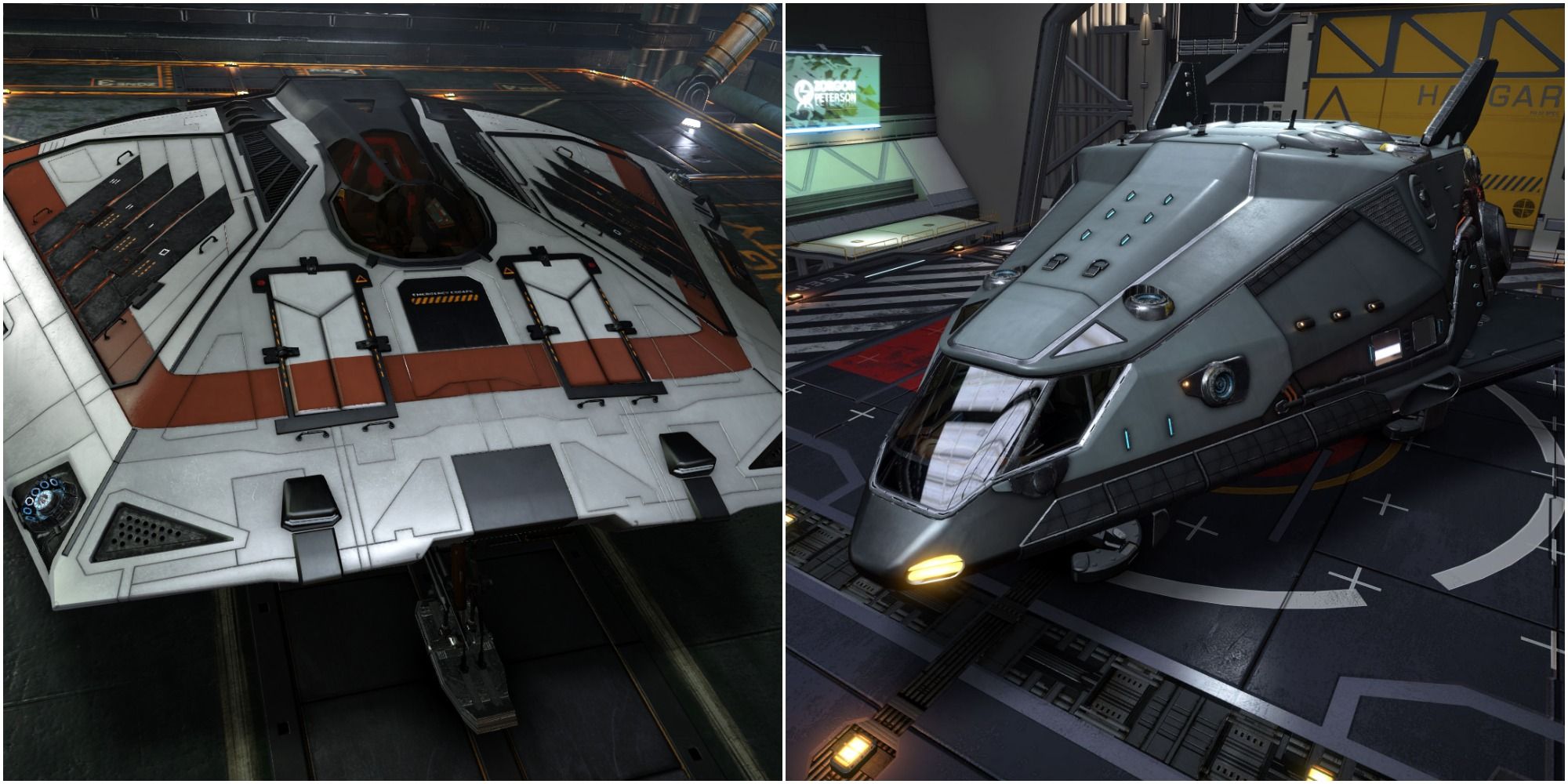
Ideally, you want to prioritize purchasing a Hauler as soon as you can if you intend on being solely a trader. There are probably better options for more versatile ships for the other roles in Elite Dangerous, but more on that in a moment.
The Hauler is a solid upgrade from your Sidewinder and ideal for new traders thanks to its low price and large cargo capacity. The ship does have its downsides though: it's bulky, slow, and not suited for combat situations at all. You want to make sure that you're not coming into contact with pirates as you might lose your ship and your cargo, an expensive setback. The Hauler is a stepping stone towards larger and more sophisticated trading ships.
Beginner Build for the Hauler
This cheap and cheerful build is available for very few credits and will give you the fundamentals of a successful space trucker build.
- Class 2 Shield – For a ship as slow and bulky as the Hauler, you're going to need a shield. It's basically your only line of defense against the aggressors out there.
- Fuel Scoop – Fuel makes ships move. You'll need to move.
- Upgrade your Frameshit Drive. D2 or more is a good idea. Getting to your destination quickly is where the real money is made trading, and while the Hauler isn't exactly a sports spaceship, this should speed up your trips significantly.
- Fill out the rest of the internal compartments with cargo racks. Maxed out you can get around 26t in your Hauler. That's not much, but it's an honest day's work for the sturdy little Hauler.
Trading Ship Upgrade Progression In Elite Dangerous
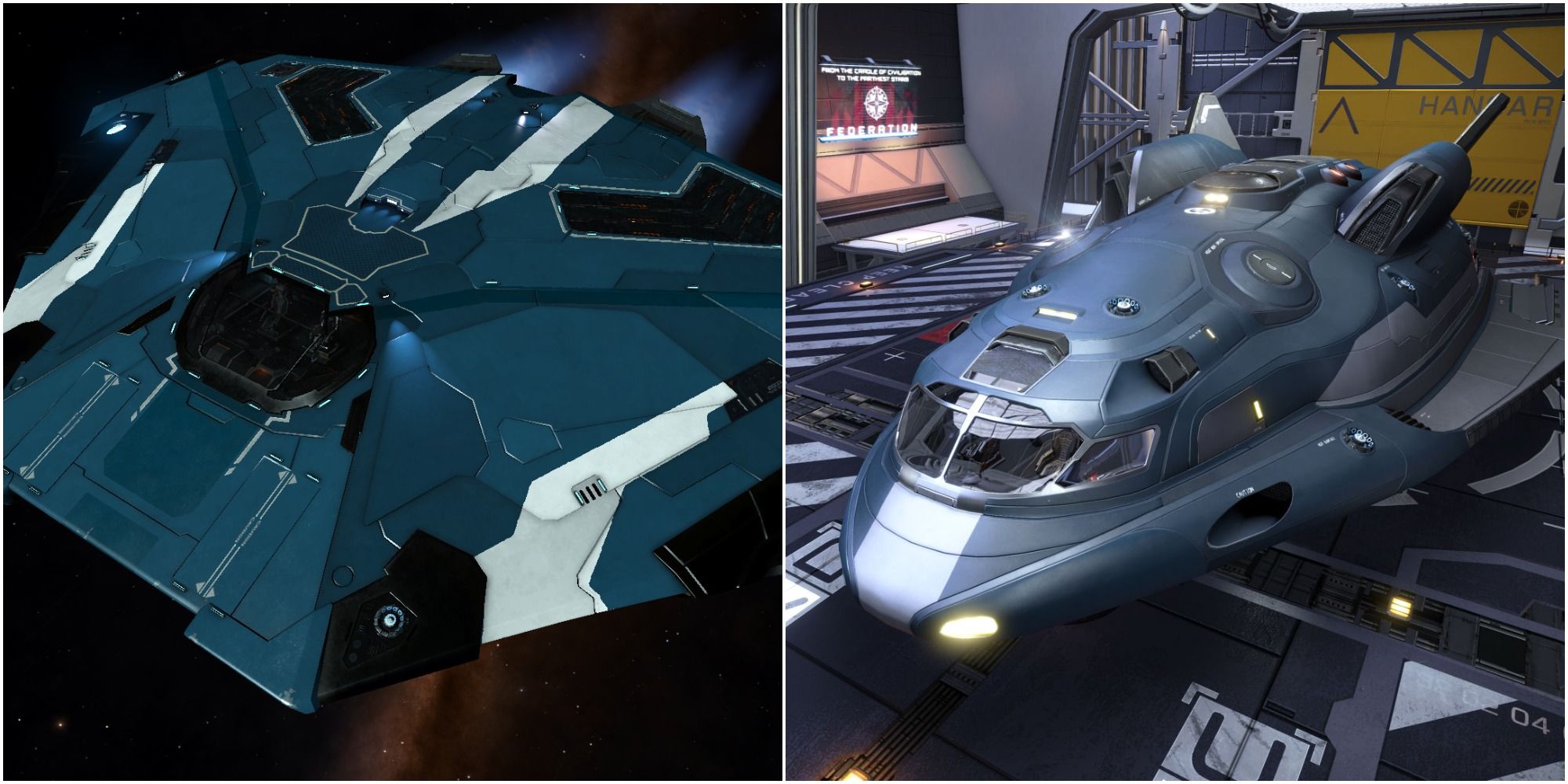
Although upgrading to the Hauler might seem like a straightforward method for improving as a trader early on, in reality, Elite Dangerous has a lot more to offer than just trading. Here is the recommended ship progression path for new players wanting to experience trading and everything else, too.
The Adder
If you're a brand new player, you'll likely want to experience more of what the game has to offer, which means you might want to beeline straight to the Adder after your Sidewinder. The Adder is marginally more expensive than the Hauler, around 80,000 credits rather than 50,000, but this should be pocket change if you're completing missions within the starting District.
Benefits of the Adder
The Adder is a far more versatile ship than the Hauler. It's more than capable in a variety of roles, including combat, trading, and even mining. It's the cheapest ship you can get with a Class 2 Hardpoint, that's the place where weapons go, and an armor rating that is sturdy enough to take some hits. With a maxed-out cargo capacity it can carry 30t, so just a little bit more than Hauler.
Cobra Mark 3
The Cobra Mark 3 is the ship you want to aim for before you even leave the Federation District. It costs 340,000 credits and is more than suitable to support you in exploring the wider universe of Elite Dangerous.
Benefits of the Cobra Mark 3
The Cobra Mark 3 is the most versatile ship available for this price point. It is more than competent for combat with two small hardpoints and two medium hardpoints and is an excellent trading ship due to its 64t max cargo capacity. That's twice as large as the Adder's cargo capacity.
RELATED: Elite Dangerous: Beginner Pilot's Guide
Making Your First Trades In Elite Dangerous
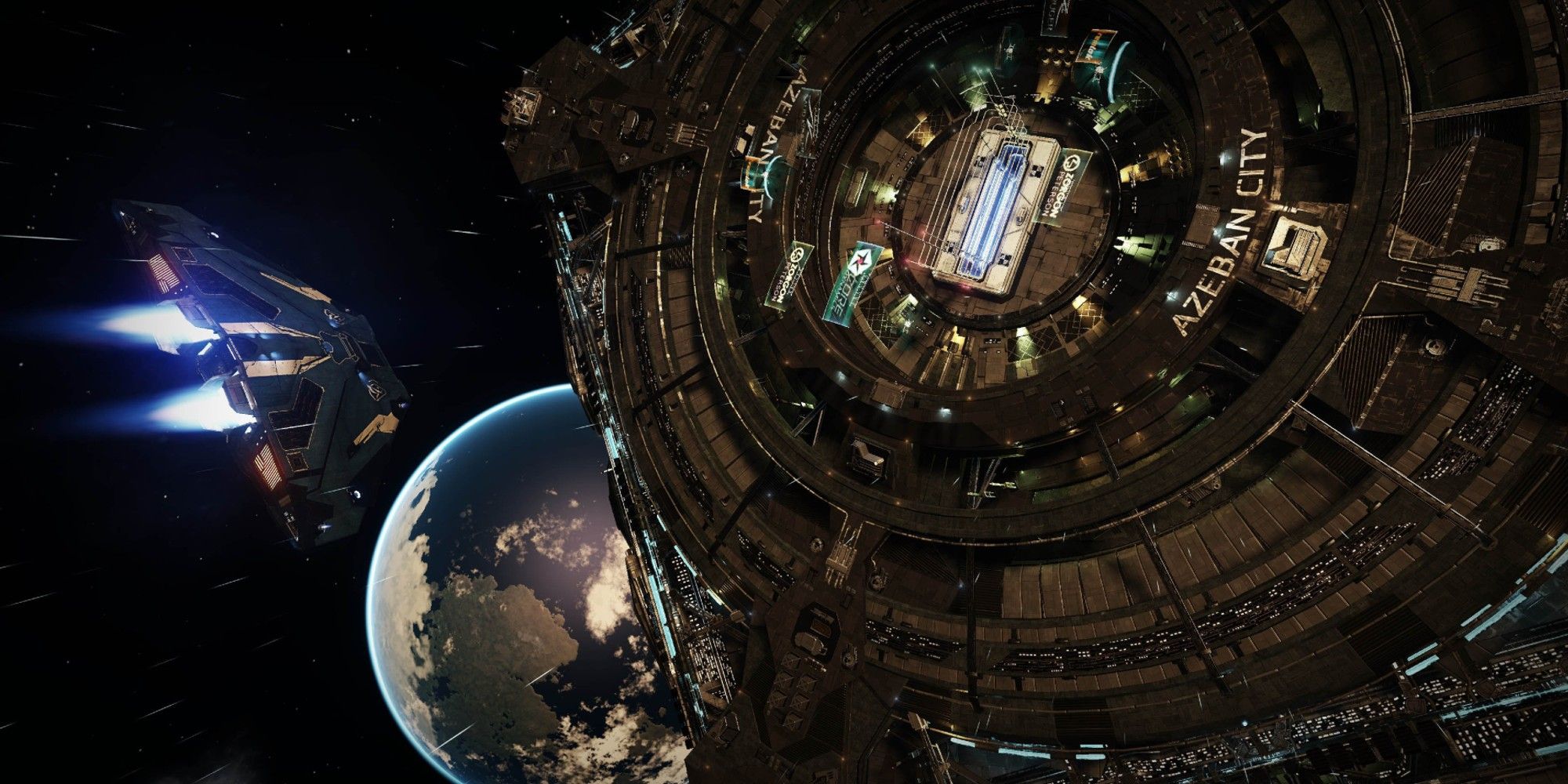
Rare Trading has always been the most lucrative method to start making decent credits as a trader. There are patterns, loops, and trading paths that have existed since the game's release, and this is thanks to the fact that the price of Rare Commodities is based purely on how far away you take the purchased goods. The further you go, the more credits you're set to make. They are not directly impacted by the supply and demand of goods.
While the returns are not quite as profitable as bulk trading, you won't need to monitor the market too closely or create your own trading paths. It's ideal for new traders who want to get used to navigating their ship, using the fuel scoop, and learning how to handle a ship laden with loads of cargo.
The Elite Dangerous Wiki is a great place to start if you are looking for specific stations that sell unique types of Rare Commodities. You can transport these commodities over long distances, though they reach a hard cap of around 200ly before the returns are negligible. Rare Commodities are marked with a star in the market and have a unique name you might not have seen before. There are dozens of different Rare Commodities, including Diso Ma Corn, Crom Silver Fesh, and Bast Snake Gin. Even while carrying out regular missions or another profession, you should check the market for rare commodities wherever you go. You never know when you might want to return to pick some up.
Trading Progression, Upgrades, And What's Next
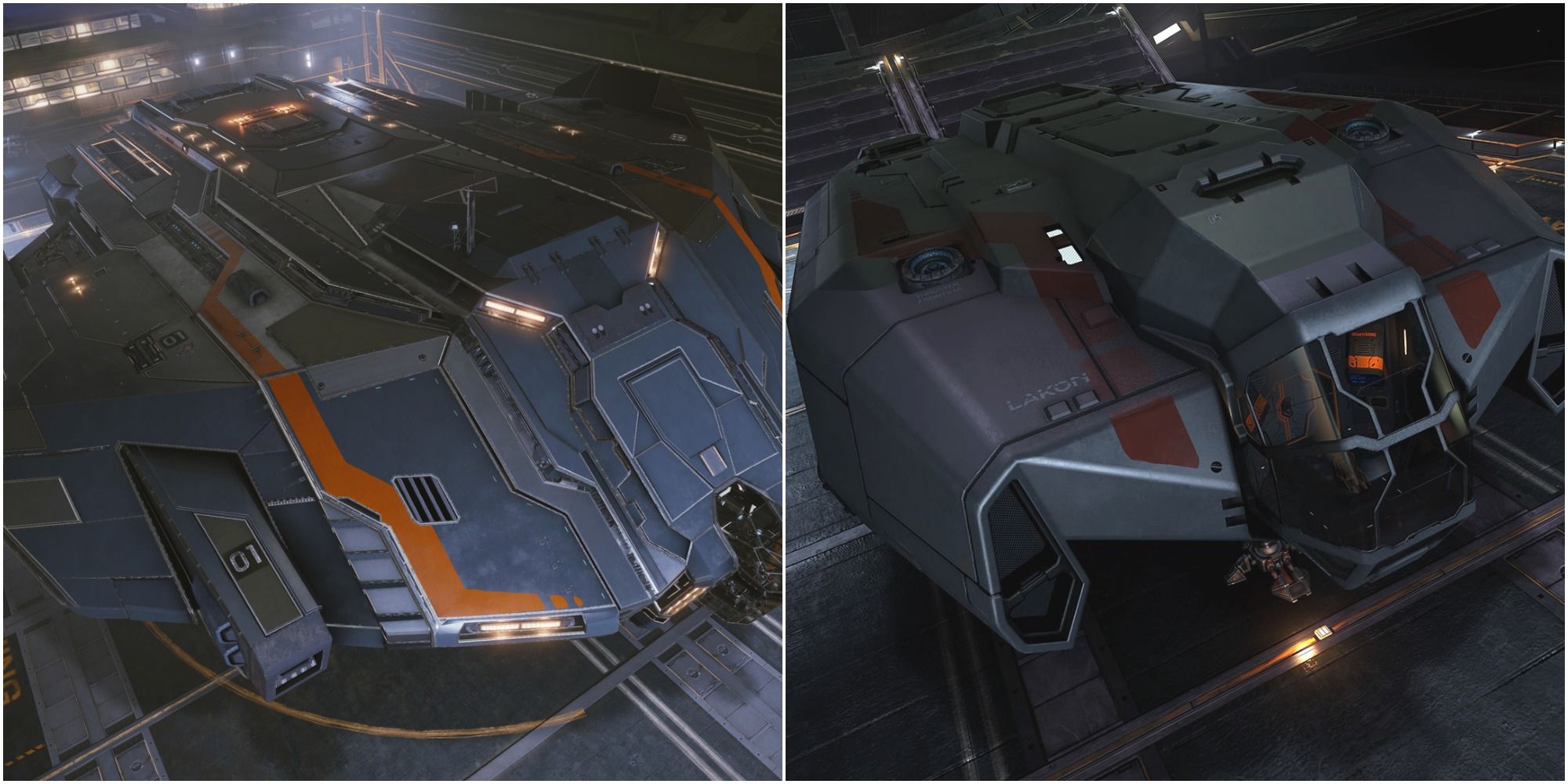
Once you've started to earn credits on a large scale with Rare trading, it's time to start bulk trading goods from station to station. Establishing your trade routes is extremely difficult, which is why most players turn to the external database eddb.io. This lets you search through hundreds of different stations and will even establish a loop for you. You can find out pretty much whatever you like about Elite Dangerous here, and although it's a bit complicated, most of the answers are here. Just check out the Loop Finder for suitable trading loops. The data here is generated entirely by the player base, so if you feel like contributing it's always appreciated by the site.
Late Game Ship Progression
There are a few options for ship upgrades once you've started to make serious credits while loop trading. You can opt for the Type-6 Transporter, a dedicated hauler with a max cargo capacity of 114t. It costs around a million credits. Suited to bulk trading, upgrading the Frame Shift Drive of the T6 makes it one of the best ships for long-distance bulk trading.
Alternatively, you could opt for the much more expensive Asp Explorer. Coming in at around 6.6 million credits, this is a hefty jump in price from the Type 6, but you get what you pay for. It has a larger cargo capacity than the T6 at 130t and is more than capable of defending itself with multiple weapon hardpoints and a max speed that will have you zipping from station to station in no time at all. It's also extremely versatile, which means you can outfit it for a variety of different professions.
Progression then moves through the Type-7 Transporter, 17 million credits with a cargo capacity of 306t (that's a lot of space for goods), then on to the optional Python, an all-around versatile ship, basically the upgraded alternative to the Asp Explorer, and finally onto the best trading ship in the game, the Type-9 Heavy. These ships cost millions and millions of credits, so you probably won't have to worry about them for a while.
NEXT: Elite Dangerous: A Beginner's Guide To Combat
